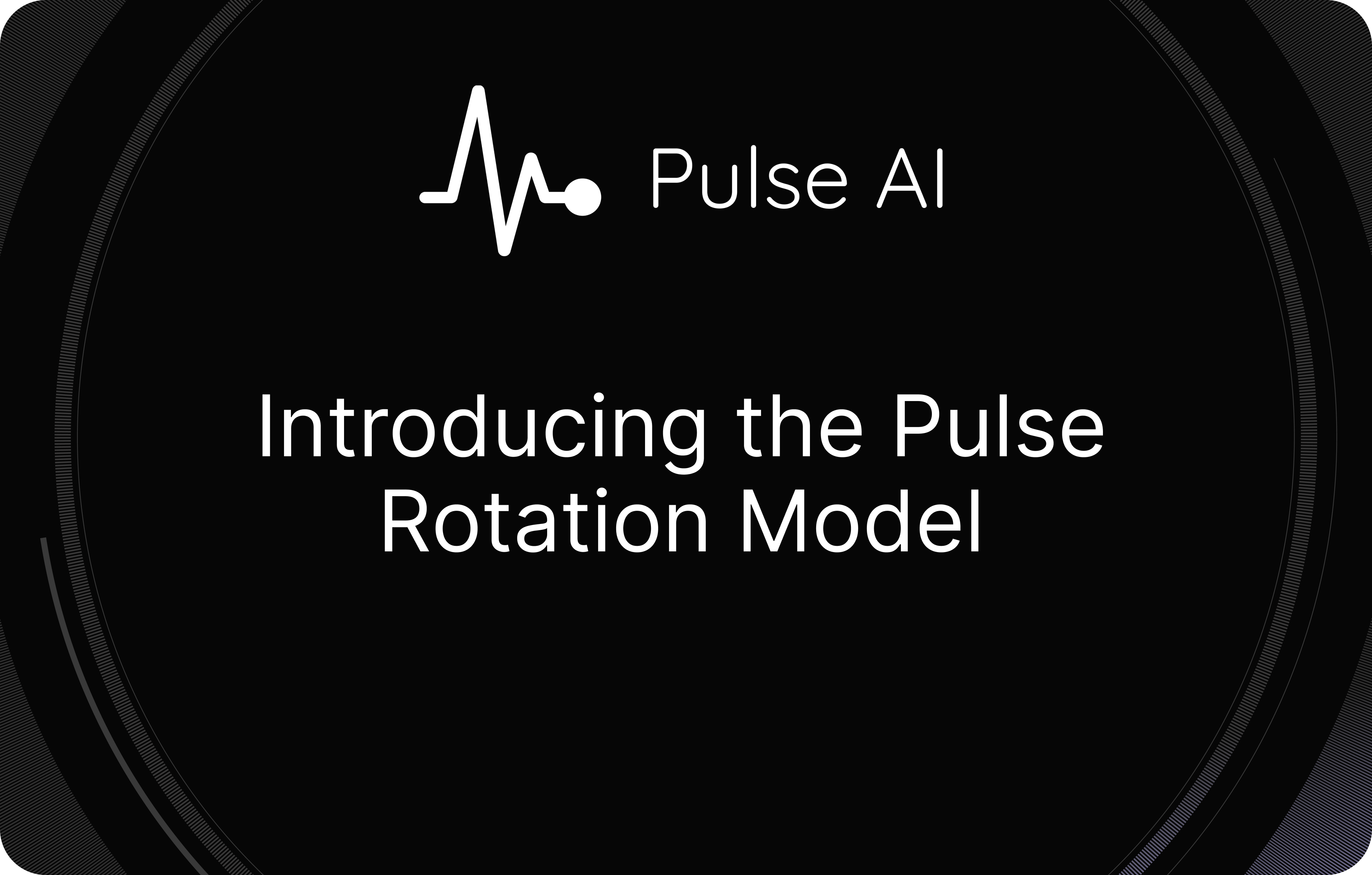Legacy OCR Tools Are Failing the Legal Industry: Here's Why
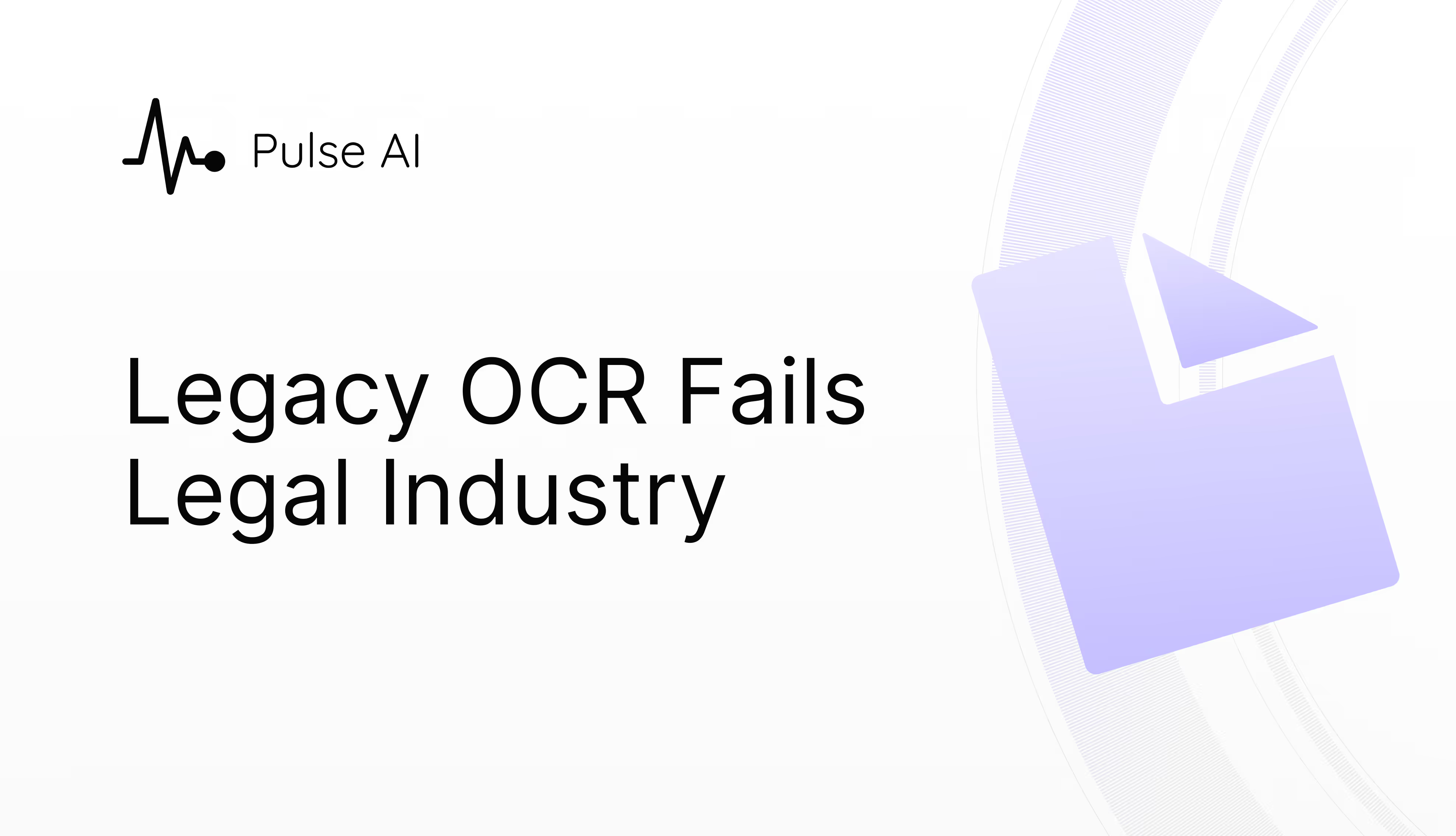
Legal professionals have long adhered to established practices - but when it comes to document processing technology, blindly following established tools is proving costly. In our analysis of OCR failures in financial services, we highlighted critical shortcomings in legacy systems. The legal sector, however, faces even more acute challenges due to the unique complexity of legal documentation.
The Current State of Legal Document Processing
Our comprehensive evaluation of AWS Textract, Google Gemini, Azure Document Intelligence, and other market leaders reveals systematic deficiencies when processing legal documents. After analyzing over 2,500 legal documents across multiple practice areas, we've identified four critical failure points:
- Nested Table Extraction Failures: Current OCR tools struggle with complex exhibits containing tables within tables, failing to understand document hierarchies. In one contracts case, we observed nested tabular evidence being misinterpreted, resulting in a transposition of consideration terms that altered the entire meaning of the agreement.
- Jurisdictional Stamp Recognition Defects: Filing stamps containing vital jurisdictional information are frequently misinterpreted. During our testing with a civil rights complaint, models misread the jurisdiction, potentially directing case research to the wrong venue's precedents.
- Handwritten Note Misinterpretation: Handwritten judicial notes and corrections are parsed with less than 62% accuracy (across the three platforms mentioned above), creating critical errors in understanding case disposition and rulings.
- Form Recognition Inaccuracies: Critical checkboxes in questionnaires and discovery planning documents are frequently misidentified, shifting the entire meaning of procedural records.
Clear Evidence: See the Difference
Below are examples demonstrating Pulse's superior performance across different types of legal documents:
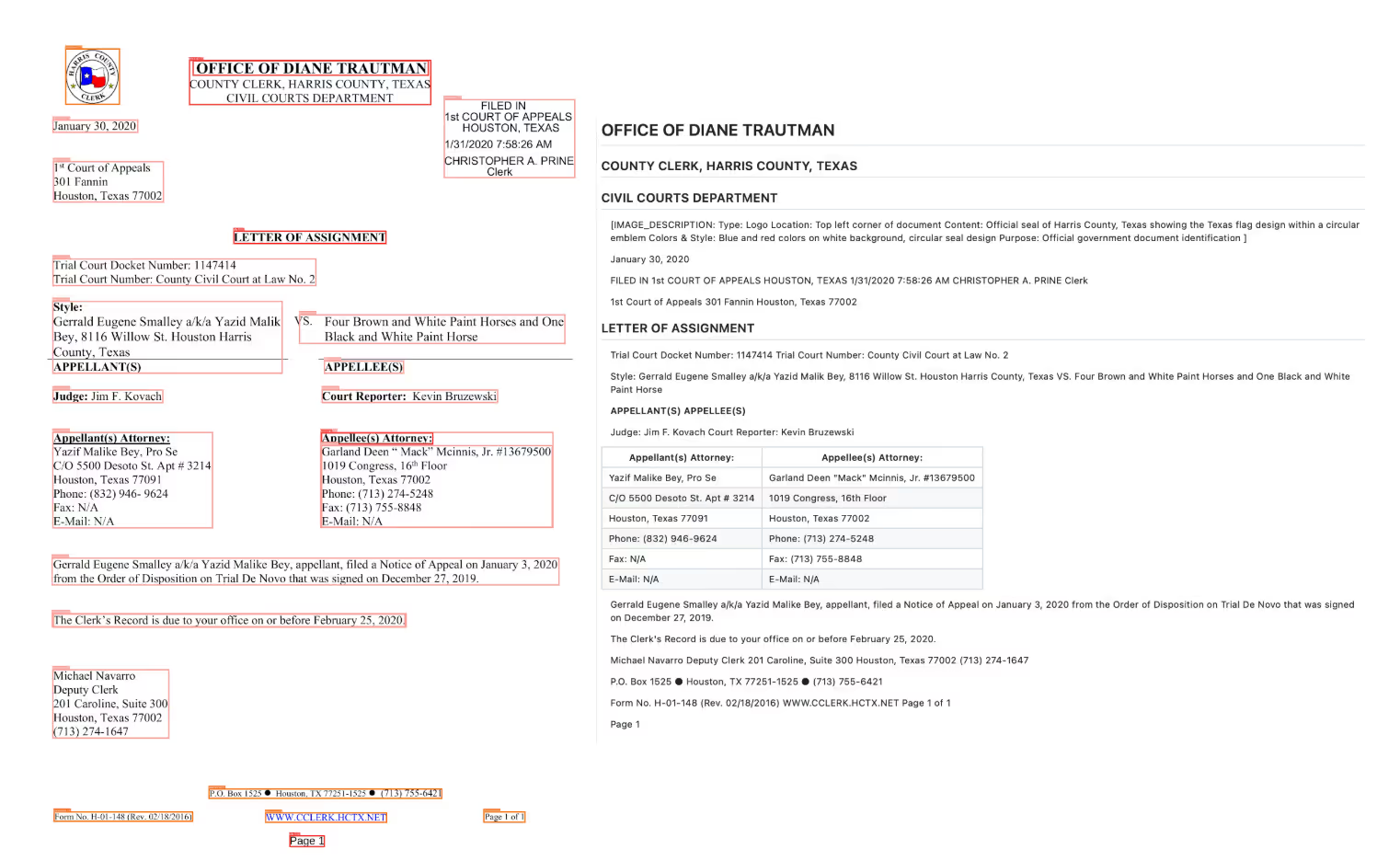
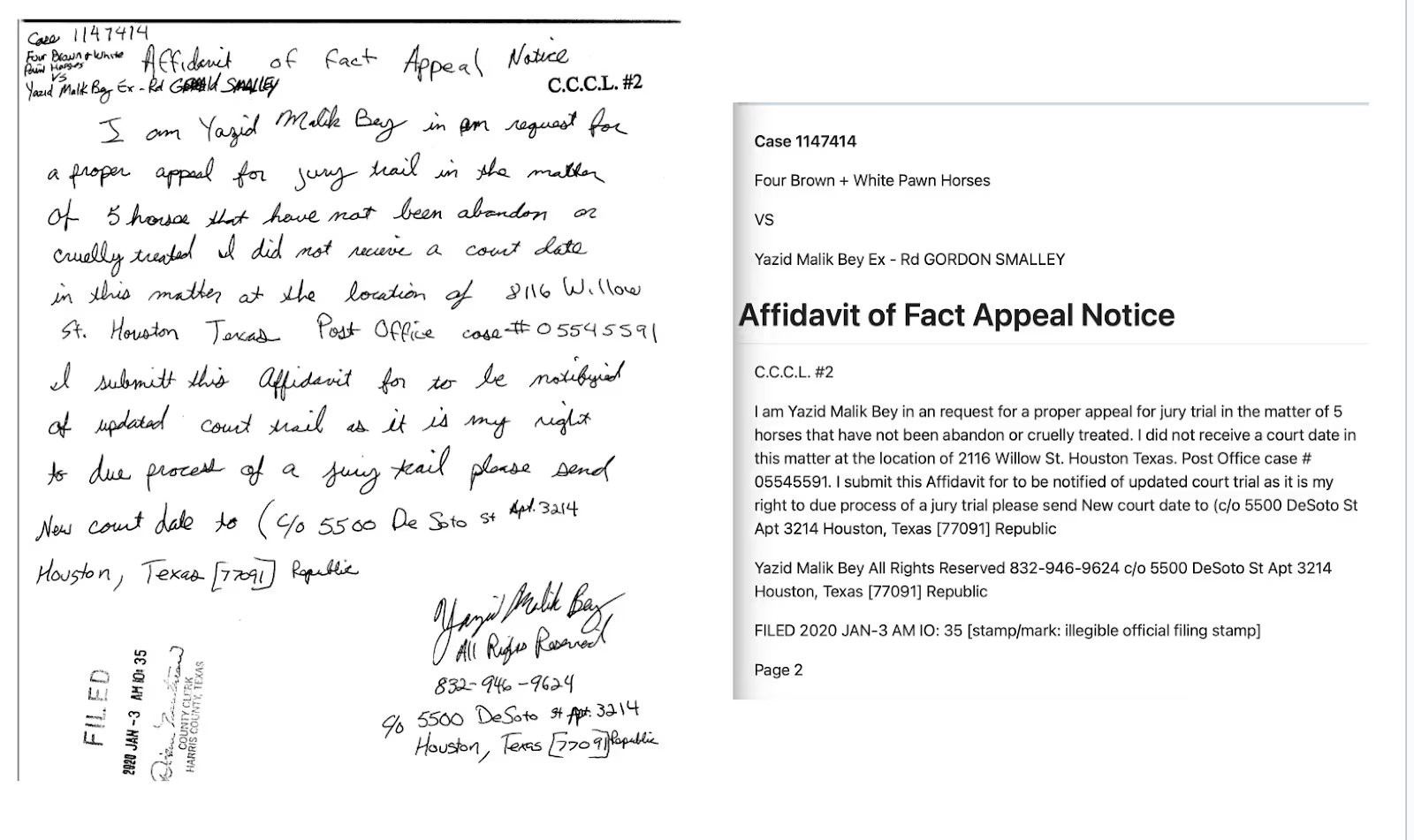
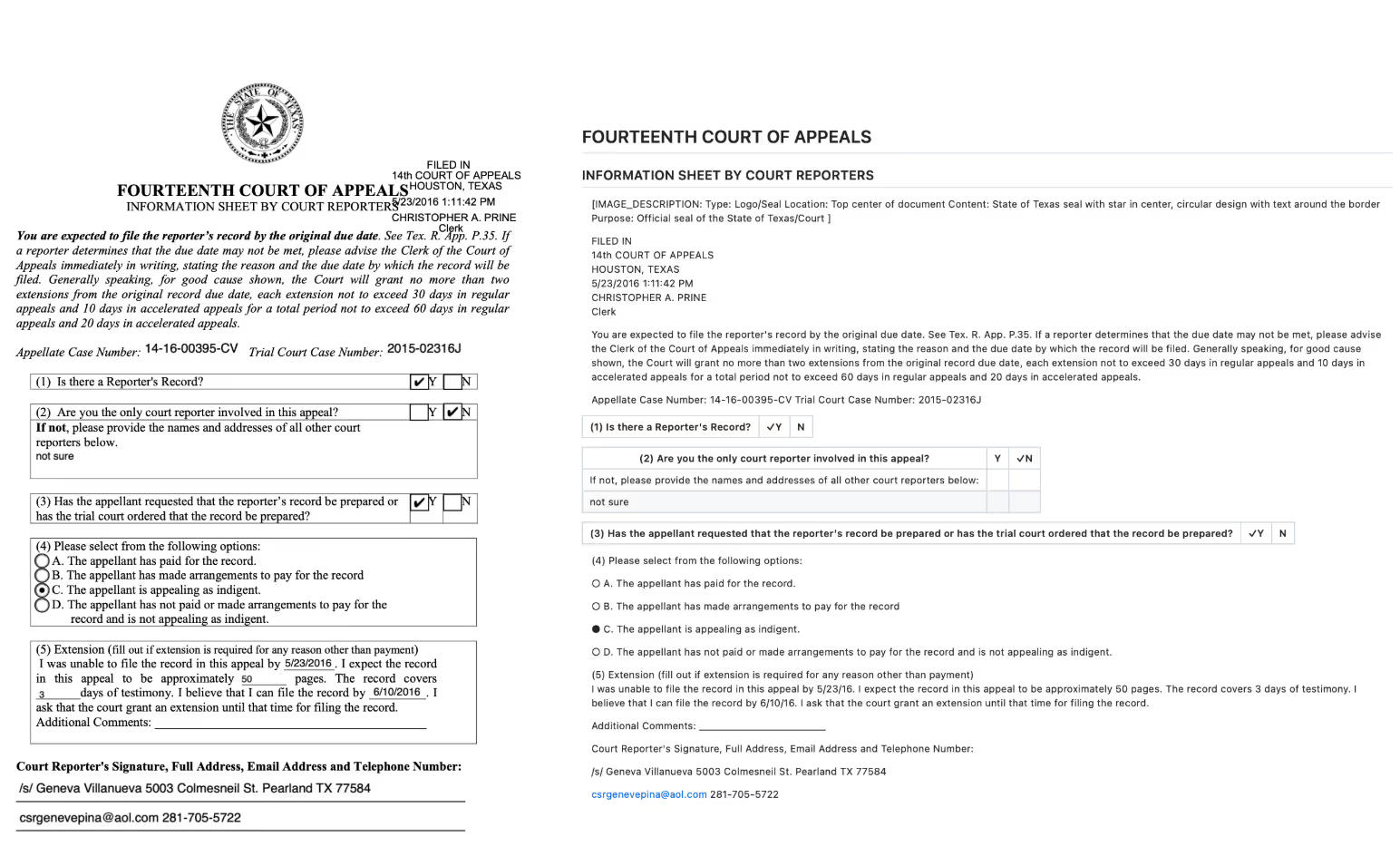
Beyond Minor Improvements: Implications for Legal Tech Platforms
The implications extend beyond mere efficiency gains, particularly for legal technology platforms and AI-powered legal research and drafting tools. Accurate OCR processing directly impacts:
- E-Discovery Compliance: Federal rules mandate proportionality in electronic discovery, which becomes impossible when document processing tools cannot accurately identify privileged or responsive materials. Legal tech platforms relying on faulty OCR inherit these deficiencies, compromising their ability to provide reliable document review.
- Case Outcome Prediction: Legal analytics platforms require high-fidelity document processing to generate valid statistical insights for litigation strategy. When foundational document processing is flawed, even the most sophisticated machine learning models built on this data will produce unreliable predictions.
- Risk Mitigation: Missed clauses or misinterpreted provisions create substantial professional liability concerns. Legal tech tools are only as reliable as their underlying document processing capabilities.
Conclusion
The performance differential speaks for itself. For legal professionals operating under billable hour constraints and ethical obligations of thoroughness, continuing to rely on legacy OCR tools has become indefensible. Our API is designed for seamless integration with existing legal tech stacks, providing the foundation upon which truly reliable legal AI can be built.
Contact us for access to our comparative analysis or to schedule a demo tailored to your document processing challenges.



